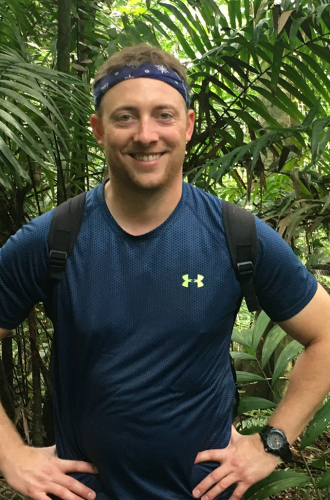-

-

-
-
My research seeks to understand the origins and maintenance of biodiversity in forest communities by integrating perspectives from analytical chemistry, community ecology, macroevolution, historical biogeography, and theoretical ecology. The world’s forests vary in species richness by two orders of magnitude at the local scale (ca. 25 hectares). Foundational hypotheses in ecology and evolution propose a central role for plant interactions with insect herbivores and microbial pathogens in maintaining species-rich plant communities and selecting for new plant defenses. My lab applies cutting-edge techniques in metabolomics to test predictions of these fundamental hypotheses regarding the role that plant secondary metabolites play in limiting the host ranges of herbivores and pathogens, essentially defining chemical ‘niches’ that may stabilize competitive coexistence in communities and drive evolutionary lineage diversification in plants. Much of our work takes place in a network of forest plots maintained by the Smithsonian Tropical Research Institute in Panama, as well as the Smithsonian Institution Forest Global Earth Observatory world-wide network of forest dynamics plots.
-














